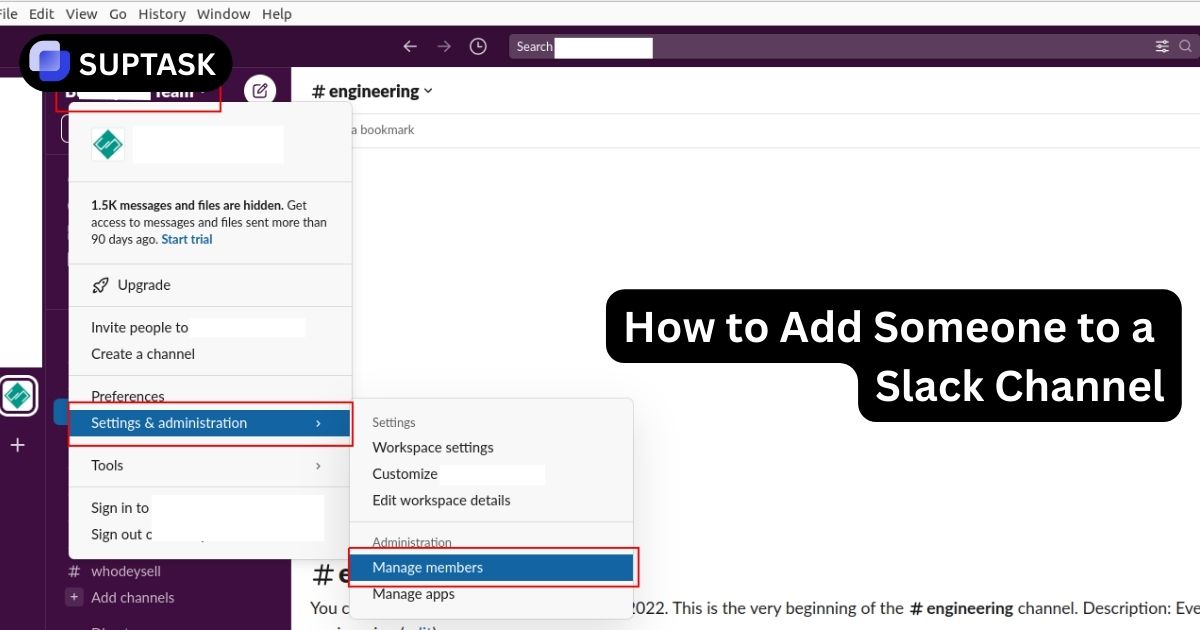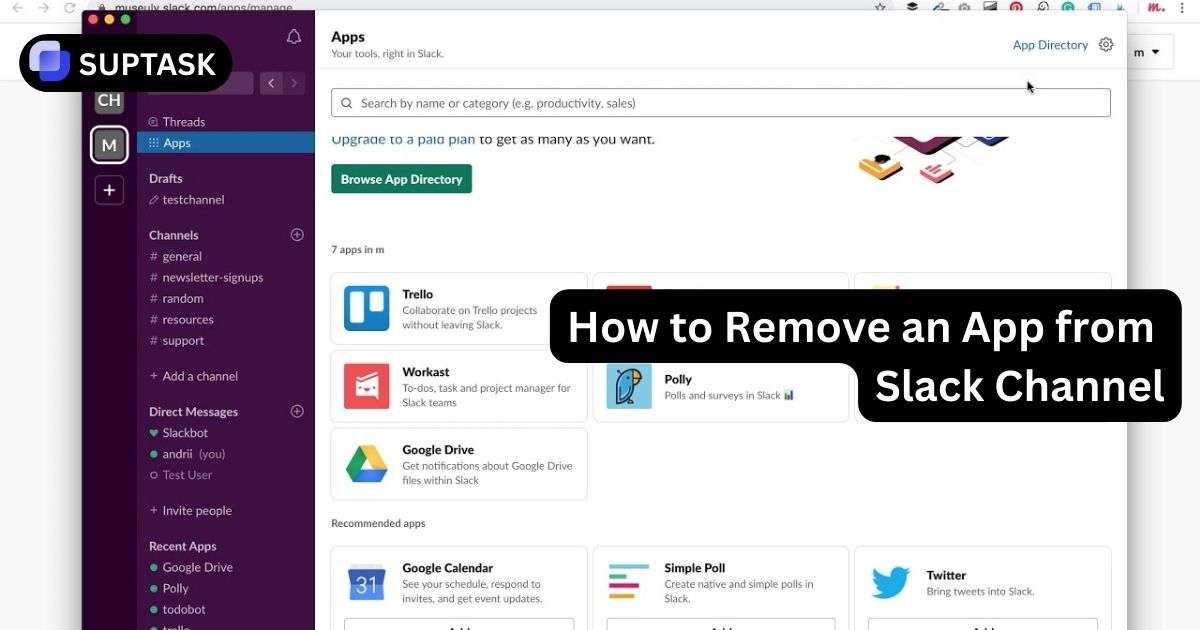Agile software development is a flexible approach to building software that prioritizes adaptability. It focuses on delivering value to customers quickly and enhances collaboration tools within teams.
In this article, we will explore the main ideas behind Agile, examine different Agile methods, and discuss their roles. We’ll also give real-world examples and explain important Agile tools — all to help you understand the Agile process better.
Key Takeaways
- Agile software development values adaptability, customer collaboration, and incremental progress.
- It follows core values such as individuals over processes, working software over documentation, collaboration over contracts, and responding to change over following a fixed plan.
- Agile methods include Scrum, Kanban, and Extreme Programming (XP) — each boosting efficiency, continuous delivery, quality, and team dynamics.
- Benefits: Frequent software delivery, adaptability, and enhanced teamwork.
- Challenges: Risk of losing direction, high customer involvement needs, and potential risks from minimal documentation.
Unveiling Agile Software Development

Agile software development is a departure from traditional methodologies, created to manage complex and evolving projects more effectively. It prioritizes working software over excessive documentation and emphasizes people and collaboration over rigid tools and processes.
Agile’s Core Values:
- People and interactions over processes and collaboration tools
- Working software over comprehensive documentation
- Customer collaboration over contract negotiation
- Responding to change over following a plan
Agile ensures that products stay relevant and valuable, enhancing customer satisfaction by working closely with clients and delivering useful features without long delays.
The Foundation of Agile: Core Values and Principles
Agile is based on 4 core values and 12 guiding principles, which aim to improve team dynamics and project outcomes.
Core Values:
- Value people and communication over processes and tools
- Prefer working software over exhaustive documentation
- Work with clients instead of focusing solely on contracts
- Embrace change rather than rigid plans
The 12 Agile Principles (Transformed into Bullet Points):
- Deliver valuable software frequently
- Welcome changing requirements, even late in the project
- Maintain a consistent work pace
- Deliver usable software in small increments
- Aim for technical excellence
- Keep solutions simple
- Focus tasks on client satisfaction
What Is the Agile Manifesto? A Simple Guide for Modern Developers
The Agile Manifesto, published in 2001, introduced a new approach to software development, aiming to improve outdated methodologies.
Jim Highsmith, one of the manifesto's authors, highlighted the importance of balancing methods and adapting plans when projects become unpredictable.
The Different Types of Agile Methods
.webp)
All Agile methods stem from the Agile Manifesto but vary in project management approaches. They all emphasize short iterations, continuous learning, and high-quality outputs.
Popular Agile Methods:
- Scrum
- Kanban
- Lean
- Extreme Programming (XP)
Scrum and Kanban are the most widely used, and teams often combine methods to suit specific project needs, showing the flexibility of Agile.
How the Agile Process Works
Agile is an iterative process, focusing on incremental improvements, continuous integration, and adaptive planning. It starts with a basic working version and evolves through short cycles called sprints (1-4 weeks).
Sprint Components (Bullet Points):
- Coding, unit tests, and user acceptance tests occur simultaneously
- Continuous integration ensures functionality after each cycle
- Iterative planning with feedback-driven improvements
- Balancing timelines and quality with changing customer needs
From Concept to Code: The Agile Planning Stages
Agile planning begins with the product owner defining project scope and feasibility. This helps in effective decision-making and resource allocation.
Planning Steps:
- Document project purpose, features, timelines, and budget
- Write User Stories — feature descriptions from the user’s perspective
- Create a prioritized backlog of features
- Collaborate to estimate time per backlog item
- Regularly revisit and refine earlier versions
Agile thrives on continuous need assessment, with teams discussing priorities between cycles to stay aligned.
Building and Releasing: The Heart of Agile Development
Agile’s core is building and releasing in cycles, ensuring continuous value delivery to users.
Key Cycle Elements:
- Enhancing the product to meet user demands
- Letting users try new versions
- Gathering user and stakeholder feedback
- Planning the next cycle based on feedback
The Scrum method helps eliminate waste and prioritize user value.
The Good and the Bad of Agile













